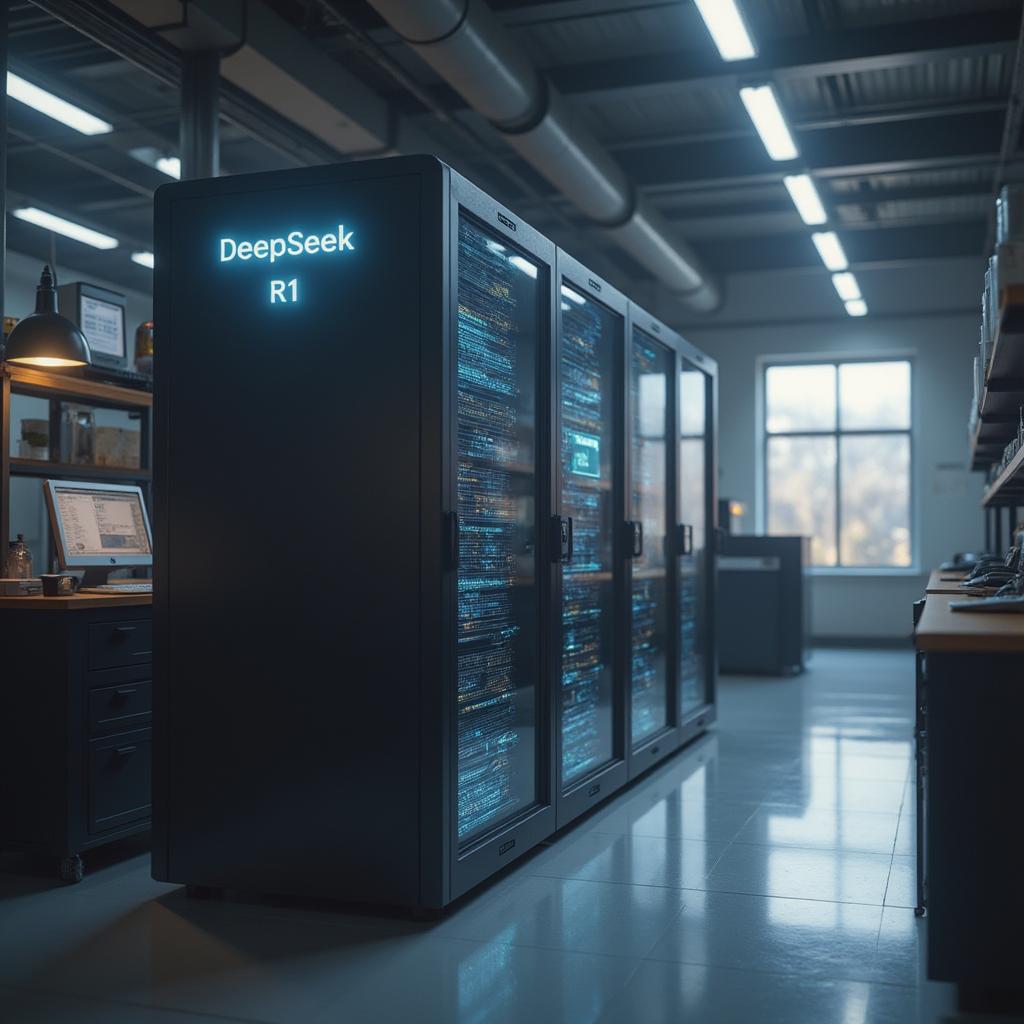
The AI world is in turmoil, all thanks to DeepSeek. This little-known Chinese startup has done the unthinkable—developed an AI model that rivals the best from the US, like OpenAI’s GPT-4o and Google’s Gemini. What’s even more shocking? They did it with far fewer resources.
Analysts thought it would take billions of dollars and cutting-edge chips to achieve such a feat. But DeepSeek claims its R1 model was trained at a fraction of the cost, raising eyebrows about the effectiveness of US export controls. These restrictions, designed to limit China’s access to advanced AI technology, might have backfired. Instead of holding China back, they’ve pushed the country to innovate—and fast.
It’s a tough pill to swallow for the US, especially for former President Donald Trump, who championed the “America First” approach. His administration, along with Biden’s, imposed strict trade curbs to maintain the US lead in the AI arms race. But DeepSeek’s success suggests those measures may have had the opposite effect.
Experts are split on what this means. Some argue DeepSeek’s breakthrough is a wake-up call—a “Sputnik Moment” that highlights the need for stronger US policies. Others are skeptical, suggesting the company might have stockpiled high-end chips before the restrictions kicked in or tapped into the black market.
Regardless, the stakes are high. If Trump returns to power, he could double down on restrictions, guided by his China-focused advisors. But would that work? DeepSeek’s rise implies that China’s AI ambitions are far from stalled.
The AI race just got a lot more interesting—and a lot more competitive. The US might still lead, but the gap is narrowing faster than anyone expected. What happens next could reshape the future of technology and global power dynamics.
